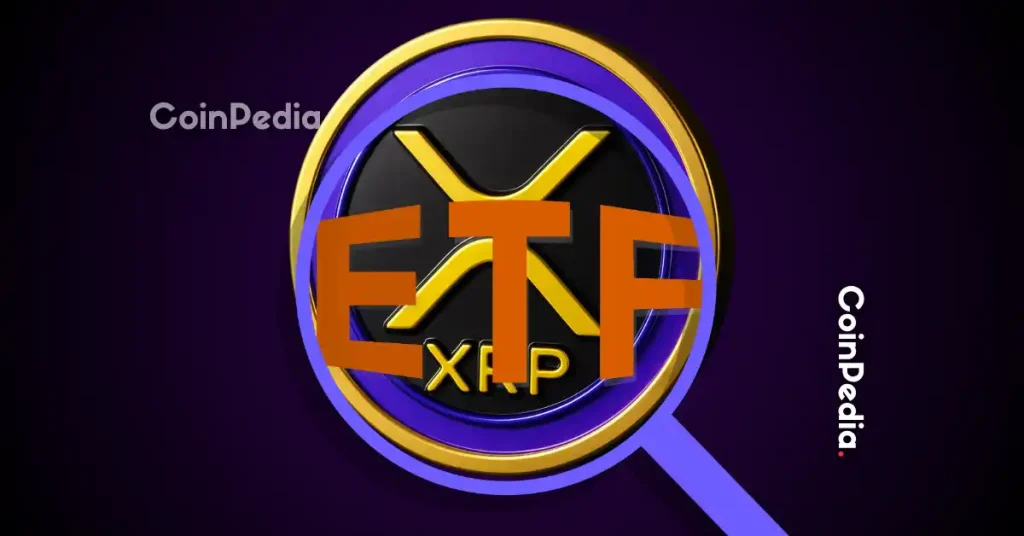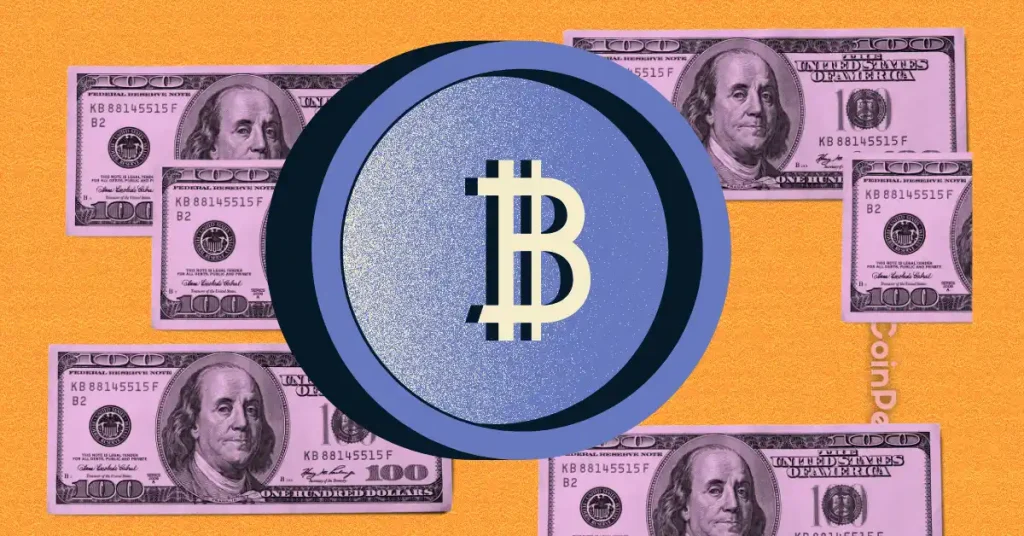The Bitcoin mining industry had a strong September, with the total value of major publicly traded miners rising to $58.1 billion, according to data from JPMorgan and The Miner Magazine. This is up 40% from August’s $41.6 billion and represents a significant recovery from March’s lower level of $19.9 billion, when U.S. tariffs impacted crypto stocks.
Several miners rebounded, including Australia’s IREN, which led with a 624% surge, while Cipher Mining (CIFR) and Applied Digital (APLD) climbed 321% and 345% respectively.
TeraWulf (WULF), Hut 8 (HUT), and Bitfarms (BITF) rose between 179% and 280%, while Riot Platforms (RIOT), HIVE Digital, and Core Scientific (CORZ) all more than doubled in value.
Even larger players, including Marathon Digital (MARA), CleanSpark (CLSK), and Bitdeer (BTDR), delivered substantial double-digit gains.
Bitcoin miners double in value following network hash rate surge
HIVE Digital gained nearly 9% in the past week and 41% over the past month. Marathon Digital (MARA), listed on the Nasdaq, increased by 8% this week and 16% in September. CleanSpark experienced a more than 51% increase over the past month and a 4% increase this week.
 Bitcoin miner performance by market cap. Source: TradingView
Bitcoin miner performance by market cap. Source: TradingViewGoogle recently backed a deal between AI compute firm Fluidstack and Cipher, securing rights to a 5.4% stake in the Bitcoin miner. Cango Inc. also reported $139.8 million in Q2 revenue, following the incorporation of high-performance computing and green energy into its operations.
Bitcoin jumped above $116,000 on October 1 and reached $118,582.99 on Thursday, according to CoinMarketCap data. The token’s total market value is now $2.63 trillion, representing a 3.45% increase today and a 7.4% rise over the past month.
Cryptopolitan reported that Bitcoin’s network hashrate reached a new high of 1.2 zetahashes per second and is now stable at around 1.039 ZH/s, demonstrating the mining sector’s strong industrial standing. This came after Bitcoin’s price rebounded to reach $118,582.99 on Thursday.
According to the report, Bitcoin adjusts mining difficulty after every 2,016 blocks, keeping block time constant but squeezing miners’ margins. 1 ZH/s means that, per second, the computers safeguarding the Bitcoin network are doing one sextillion (1,000,000,000,000,000,000,000) hashes per second, which is an absurdly large figure.
Unprofitable and expensive business operations are under pressure, and only companies with modern hardware and affordable electricity can survive.
Bitcoin hashrate increase boosts mining companies’ market cap surge
The rise in hashrate was also driven by the investment of large mining operations such as Marathon Digital and Riot Platforms, which invested in powerful ASICs. Bitcoin first reached 1 EH/s in 2016. Nine years later, it has increased that capacity by a thousand-fold. The record hashrate is a sign of resilience over the 2022 downturn.
According to CryptoQuant data, the 72-hour funding rate has already become negative, indicating a decrease in selling pressure. Such changes historically tend to furnish a short squeeze, which enables the momentum to turn in favor of the buyers.
The Spent Output Profit Ratio (SOPR), on the other hand, has approached 1.5. Short-term investors are incurring larger losses, while long-term holders remain stable. This trend was already observed before the significant rebounds in 2024 and indicates the same conditions as existed with the former bottom formations.
The surge of Bitcoin above $112,000 reversed much of the fall seen last week. According to CoinMarketCap, the 3.4% growth over the past 24 hours was facilitated by intense buying pressure over the past weekend. The recovery also led to a broader resurgence in altcoins, resulting in $354 million in liquidations and pushing the overall crypto market value to nearly $4 trillion.
Don’t just read crypto news. Understand it. Subscribe to our newsletter. It's free.
















 English (US)
English (US)